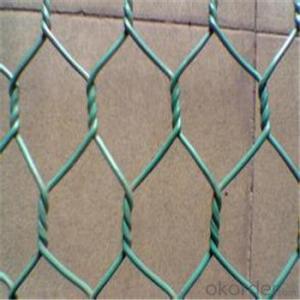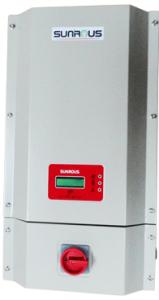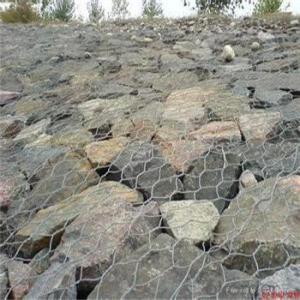3 Mppt Solar Inverter
3 Mppt Solar Inverter Related Searches
Home Power Inverter For Solar Best Inverter For Solar Mppt Inverter For Solar System Inverter For Home Solar Solar Power Inverter For Rv Shade For Solar Inverter App For Solar Inverter Capacitor For Solar Inverter Ct For Solar Inverter Inverter For Rv SolarHot Searches
Type Of Inverter For Solar Types Of Inverter For Solar Used Solar Inverter For Sale Inverter Size For Solar System Solar Edge Inverter For Sale 5kw Solar Inverter For Sale Solar Inverter For Sale Solar Inverter For Battery Solar Inverter For Split Ac Solar Inverter For Laptop Solar Inverter For Fridge Solar With Inverter Price Solar Inverter With 2 Battery Solar Inverter With Ac Outlet Solar Inverter Price In China Best Solar Inverter In China Solar Inverter Price In Dubai Solar Inverter Price In Uae Solar Inverter Price In Kenya Type Of Inverter For Solar3 Mppt Solar Inverter Supplier & Manufacturer from China
Okorder.com is a professional 3 Mppt Solar Inverter supplier & manufacturer, offers integrated one-stop services including real-time quoting and online cargo tracking. We are funded by CNBM Group, a Fortune 500 enterprise and the largest 3 Mppt Solar Inverter firm in China.Hot Products
FAQ
- A solar inverter is designed to handle variations in ambient temperature by incorporating temperature compensation algorithms. These algorithms adjust the inverter's performance parameters, such as voltage and frequency, based on temperature measurements. This ensures that the inverter operates optimally and efficiently across a wide range of temperature conditions, maintaining stable and reliable power conversion from the solar panels.
- A solar inverter handles excess power production by converting the surplus electricity generated by the solar panels into AC power, which can then be either used in the household or fed back into the grid for others to use.
- Solar inverters are subject to voltage and frequency regulations, which differ depending on the country and are typically established by regulatory bodies or standardization organizations. To ensure the safe and reliable operation of the electrical grid, solar inverters in most countries must adhere to specific voltage and frequency limits. Voltage regulations dictate the permissible range of output voltage that a solar inverter can supply to the grid. This guarantees that the voltage remains within acceptable boundaries, preventing damage to electrical equipment or disturbances in grid stability caused by overvoltage or undervoltage conditions. The specific voltage limits are influenced by factors such as the type of grid system (e.g., single-phase or three-phase) and the voltage levels employed in the country. In contrast, frequency regulations establish the acceptable range of output frequency that a solar inverter can provide to the grid. The grid frequency is typically set at a specific value (e.g., 50 Hz or 60 Hz), and solar inverters must synchronize their output frequency with the grid to ensure compatibility. Deviations from the specified frequency can result in equipment malfunctions or grid instability. Compliance with voltage and frequency regulations is essential for solar inverters to facilitate the effective integration of renewable energy sources into the electrical grid. In numerous countries, solar inverters must meet specific technical standards or certifications to demonstrate their adherence to these regulations. These standards typically encompass various aspects of inverter performance, including voltage and frequency control, power quality, and interaction with the grid.
- Yes, a solar inverter can be used in a building-integrated photovoltaic system. The solar inverter is an essential component that converts the DC (direct current) electricity produced by the photovoltaic panels into AC (alternating current) electricity that can be used to power electrical devices and appliances in a building. Therefore, it plays a crucial role in ensuring the seamless integration of solar energy into the building's electrical system.
- Yes, a solar inverter can be used with a solar-powered vehicle. The solar inverter is responsible for converting the DC power generated by the solar panels into AC power that can be used to power various devices and components in the vehicle, such as the motor, lights, and electronics.
- No, a solar inverter cannot be used with different grid voltages. Solar inverters are designed to convert the DC power generated by solar panels into AC power that matches the specific voltage and frequency of the grid. Using a solar inverter with different grid voltages can cause damage to the inverter and can also be a safety hazard.
- Yes, a solar inverter can be used with building-integrated photovoltaics (BIPV). BIPV systems are designed to seamlessly integrate solar panels into the building structure, providing both energy generation and architectural functionality. Solar inverters play a crucial role in BIPV systems by converting the direct current (DC) produced by the solar panels into alternating current (AC) that can be used to power electrical devices in the building or fed back into the grid.
- Yes, a solar inverter can be used in areas with high altitude and low temperature conditions. However, it is important to choose a solar inverter specifically designed for such conditions, as extreme cold temperatures and high altitudes can affect the performance and efficiency of standard inverters. Specialized inverters that can withstand low temperatures and operate at high altitudes are available in the market to ensure optimal functioning of solar power systems in such environments.










































